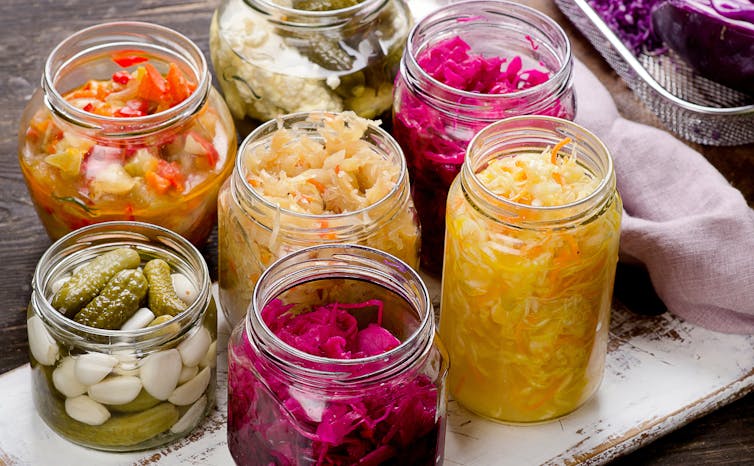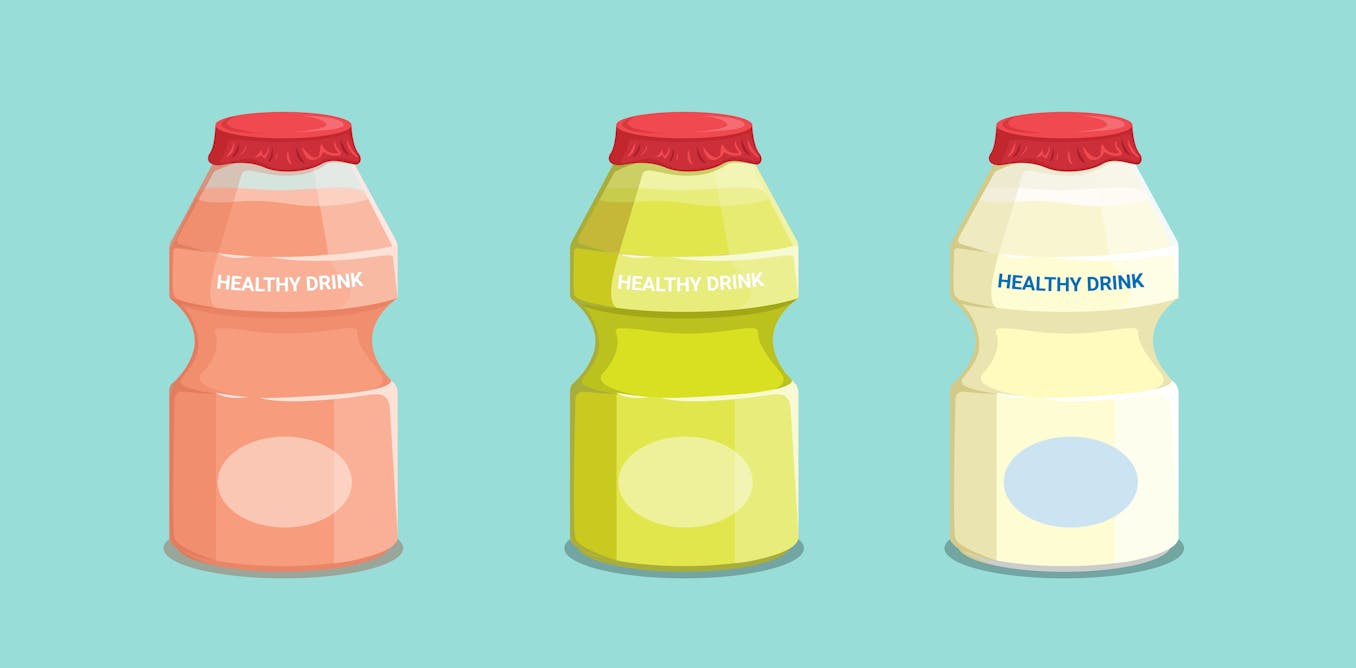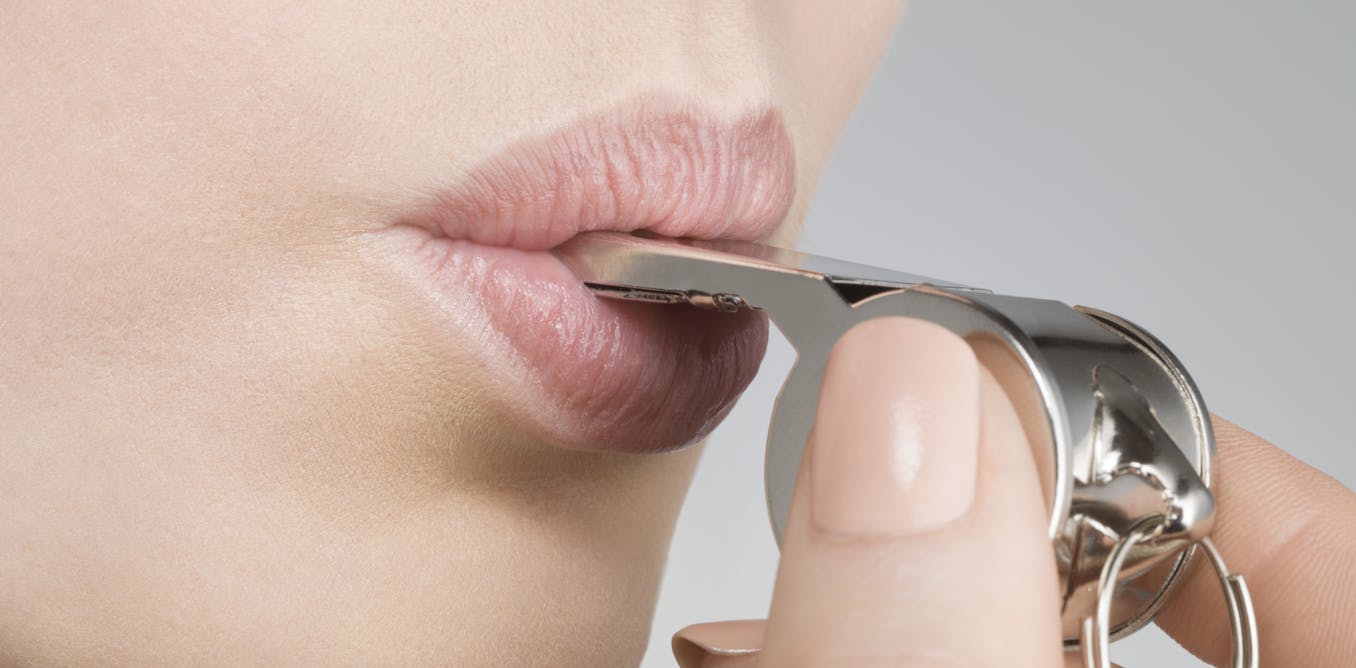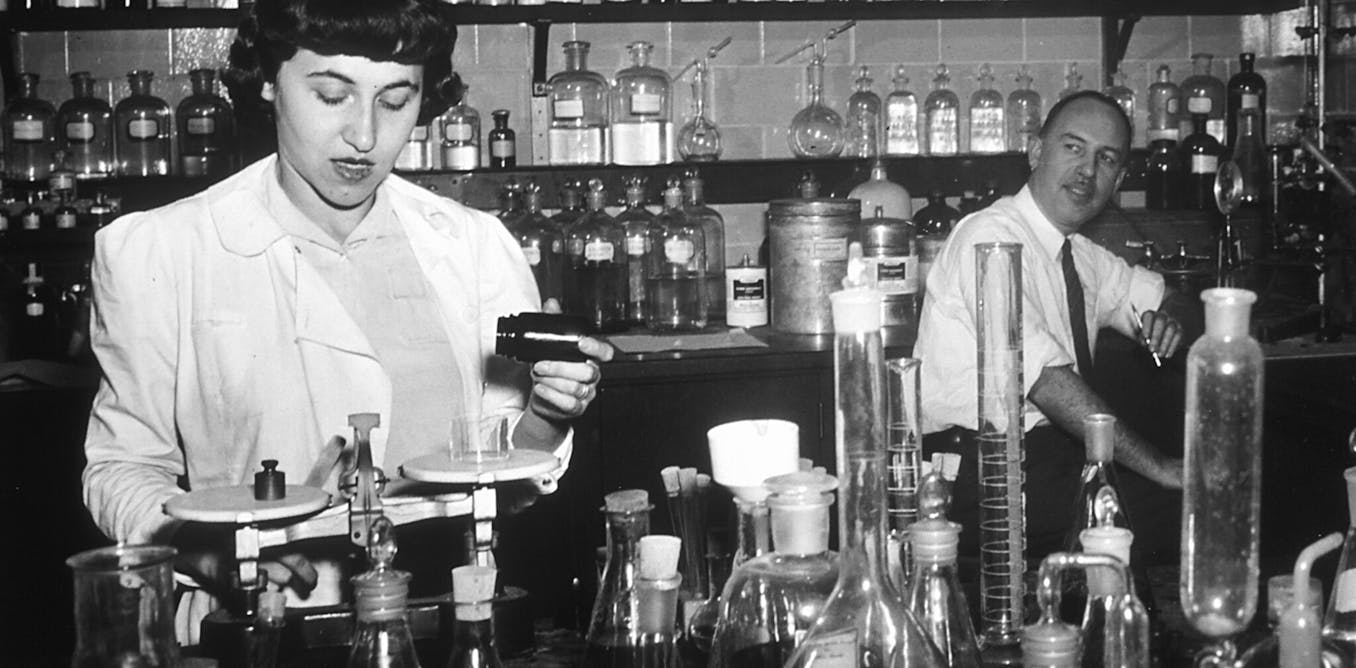If you walk through your local pharmacy or supermarket you’re bound to come across probiotics and prebiotics.
They’re added to certain foods. They come as supplements you can drink or take as a pill. They also occur naturally in everyday foods.
You might have a vague idea that probiotics and prebiotics are healthy. Or perhaps you’ve heard they’re good for your “microbiome”.
But what actually is your microbiome? And what’s the difference between probiotics and prebiotics anyway?
First, some definitions
The UN’s Food and Agriculture Organization, and the World Health Organization, define probiotics as “live microorganisms which when administered in adequate amounts confer a health benefit”. These microorganisms are the bacteria and yeasts in food such as yoghurt, sauerkraut and kombucha, and in supplements.
But prebiotics refer to the “food” probiotics need to survive and replicate.
Prebiotics are better known as dietary fibre. They include specific types of fibres called inulin-type fructans, galacto-oligosaccahrides, resistant starch and pectin. Prebiotics occur naturally in plant foods, are added to foods (such as bread and breakfast cereals) and come as supplements.
Dietary fibre remains undigested in your stomach and small intestine until it reaches the large intestine. There, microorganisms (probiotics) break down (or ferment) the fibre (prebiotics), converting it into metabolites or nutrients linked to better health.
How are they related to your microbiome?
Both probiotics and prebiotics are said to encourage a healthy microbiome. That’s a healthy community of different microorganisms that live in or on your body. This includes those in the mouth, gut, skin, respiratory system and the urogenital tract (which handles urine, and has reproductive functions).
Everyone’s microbiome is different and varies throughout your life. For instance, changing your diet, physical activity, hygiene, taking antibiotics or having an infection all affect your microbiome.
These factors can change the diversity of your microbiome, that is how many different types of microorganisms you have. These factors can also alter the ratio of healthy microorganisms to unhealthy ones.
Elif Bayraktar/Shutterstock
When your microbiome is less diverse or when the number of unhealthy microorganisms outgrow the number of healthy ones, this is known as dysbiosis. This can lead to problems including diarrhoea or constipation, irritable bowel syndrome, bleeding gums, atopic dermatitis (eczema) or acne.
Probiotics and prebiotics are marketed as ways to support a healthy, diverse microbiome, and help to reduce the chance of dysbiosis.
As taking antibiotics can alter your microbiome, they’re also marketed as a way of improving its microbial diversity when taking antibiotics or afterwards.
Do probiotics work?
The microbiome plays a crucial role in our health. For instance, a healthy microbiome has been linked to reduced risk of cancers, cardiovascular (heart) diseases, allergy diseases and inflammatory bowel disease.
But how about taking probiotic supplements to boost your microbiome?
A review of clinical trials looked at probiotic supplements in healthy people. It found no increase in the diversity of their microbiome.
Another review of clinical trials looked at the impact of probiotic supplements while people were taking antibiotics. The diversity of their microbiome did not improve.
Another study not included in these two reviews found probiotics could make microbial diversity worse in the short term. It found probiotic supplements delayed restoring the microbiome after taking antibiotics.

one photo/Shutterstock
What about prebiotics?
There have been few studies on the impact of healthy people just taking prebiotic supplements. However, there are studies of people taking prebiotics with probiotics on particular aspects of health.
For instance, one large review looked at various neuropsychiatric outcomes, including dementia, Parkinson’s disease and mild cognitive impairment, when people took prebiotics and probiotics (together or separately). Another review looked at the effect of prebiotics, probiotics or synbiotics (supplements that contain both prebiotics and probiotics) on people with diabetes.
But their findings are not conclusive. So we need more research to routinely recommend these supplements. They are also no replacement for standard medication and a healthy, balanced diet.
So how do I keep my microbiome healthy?

Tatjana Baibakova/Shutterstock
Naturally occurring probiotics and prebiotics are in everyday foods.
Probiotics are found in fermented foods such as cheese, sauerkraut, yoghurt, miso, tempeh and kimchi.
Prebiotics are in the foods that contain fibre – all plant foods. It is important to have a variety of plant foods in your diet. This will ensure you get all the different types of fibre needed to keep your healthy bacteria alive, and to increase the diversity of your microbiome.
Eating foods rather than consuming supplements also means you get the extra nutrients in the food.
The Australian Guide to Healthy Eating recommends a diet rich in plant foods, and promotes eating fermented foods (in the form of cheese and yoghurt). This combination is ideal for maintaining a healthy microbiome.

The post “What’s the difference between probiotics and prebiotics? A dietitian explains” by Evangeline Mantzioris, Program Director of Nutrition and Food Sciences, Accredited Practising Dietitian, University of South Australia was published on 05/09/2025 by theconversation.com






































Leave a Reply